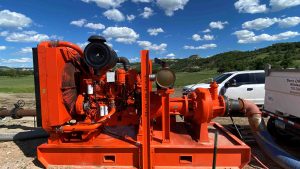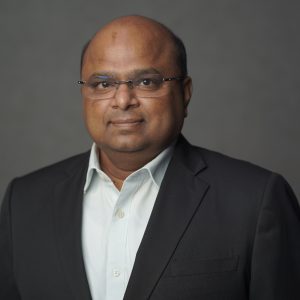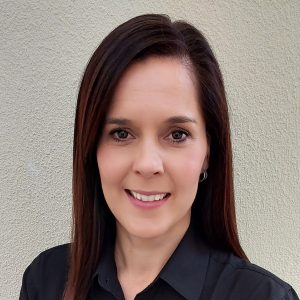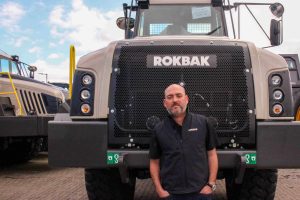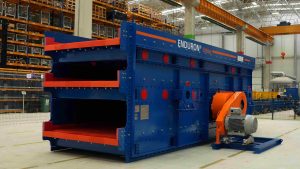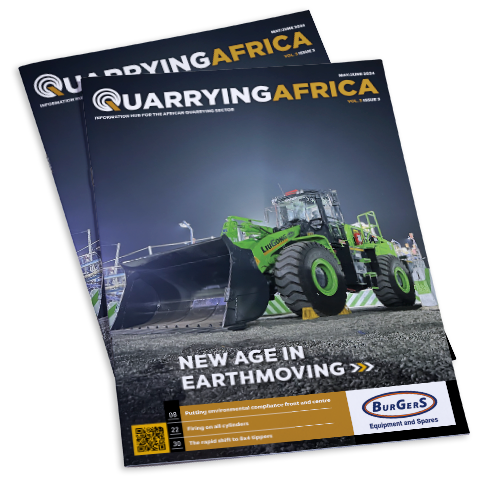While often overlooked, proper screen media selection is critical to maximising overall screening performance. Lais Andrade, Screen Media Sales and Application Manager at Haver & Boecker Niagara, states that improving screening productivity starts with analysing the operation, consulting with an expert, learning proper installation and maintenance techniques as well as trying new solutions.
“Rather than sticking to woven wire or polyurethane media throughout the screen deck, some operation managers find that they can reduce wear, minimise screen change-outs and increase open area by choosing strategic combinations of screen media,” says Andrade. “The difference between using one type of screen media versus the optimal blend of screen media can add up to thousands of dollars in downtime and expense in a year.”
The same view is shared by John Pelser, MAJOR Territory Manager – Africa, Australia and New Zealand, who says screen media plays a critical role in optimising productivity and material quality in various industries such as mining and quarrying. MAJOR recognises the uniqueness of each operation and always seeks to address the specific requirements for improvement.
“Several factors influence screening efficiency, including material type and density, weather conditions, wet or dry screening, feed rate and the condition of the vibrating machine and deck. Our FLEX-MAT screen media stands out as a high-vibration wire screen, engineered differently from traditional woven mesh or polyurethane modular panels,” says Pelser.
FLEX-MAT wire screens, he adds, facilitate a stratification process with an rpm between 6 000 and 10 000, resulting in more precise and cleaner products, reduced downtime, increased production and better wear life.
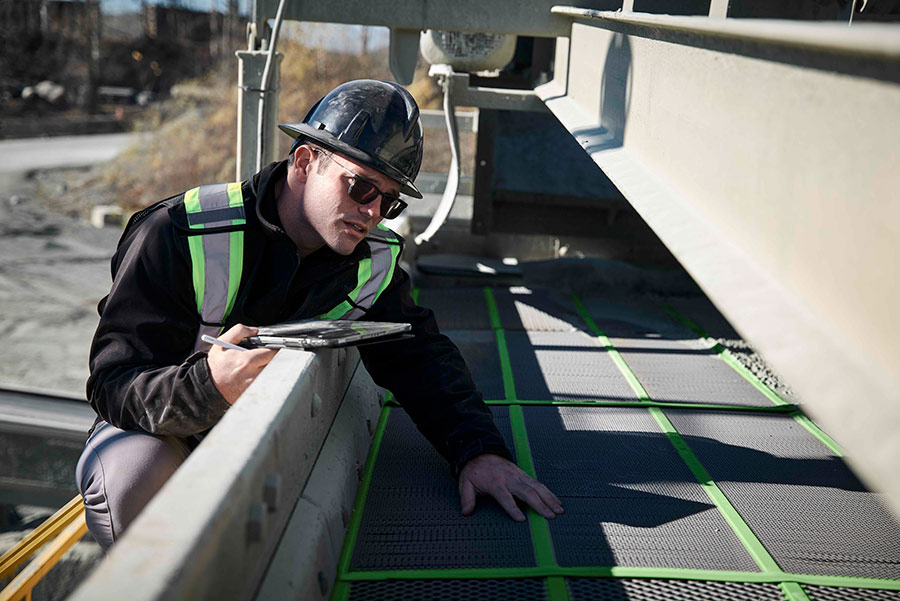
New trends
Commenting on new industry trends in the screen media market, Andrade says sustainability has become a major discussion point, especially with the industry being faced with increased water restrictions and bans. Products such as Haver & Boecker Niagara’s signature Ty-Deck Ultra screen media directly support these regulations by providing a positive environmental impact by virtually eliminating the use of water during screening.
“As producers are increasingly facing water restrictions or bans, we want to ensure that we offer operations sustainable screening solutions so that they can maintain production while abiding by regulations within their regions. A factor that always drives us is the optimisation and efficiency of production as well as the safety of the team,” says Andrade.
Ty-Deck Ultra screens feature H-shaped openings made up of individual strips of polyurethane. Each opening is separated by two independent extensions parallel to each other. The strips vibrate independently to increase material acceleration, improving material separation and cleanliness. The rapid movement of the strips also virtually eliminates pegging and blinding,” explains Andrade.
Ty-Deck Ultra’s accelerated screening action cleans material without the use of water, therefore reducing the need for tailing dams. With a 50% longer wear-life than the original Ty-Deck, the screen media panels are an ideal choice for screening ores, especially on a vibrating screen’s second deck.
In response to industry demand, MAJOR has made significant improvements to its modular panels with a focus on increased wear life. Its frames now offer the option to use high-definition frames, and the company has developed even stronger wires with the OPTIMUMWIRE® PLUS series, providing more open area and boosting production efficiency.
“Most mining operations seek products that demonstrate exceptional durability, lasting a minimum of eight weeks in line with planned shutdowns for tasks, including screen panel maintenance or replacement,” says Pelser. “By incorporating MAJOR’s advanced screen media solutions, such as FLEX-MAT with OPTIMUMWIRE PLUS and our HD frames, mining operations can often meet or exceed these wear-life goals while increasing production by 10-15% — depending on the application — reducing or eliminating carry-over percentages, while potentially increasing the feed rate and achieving overall productivity goals.”
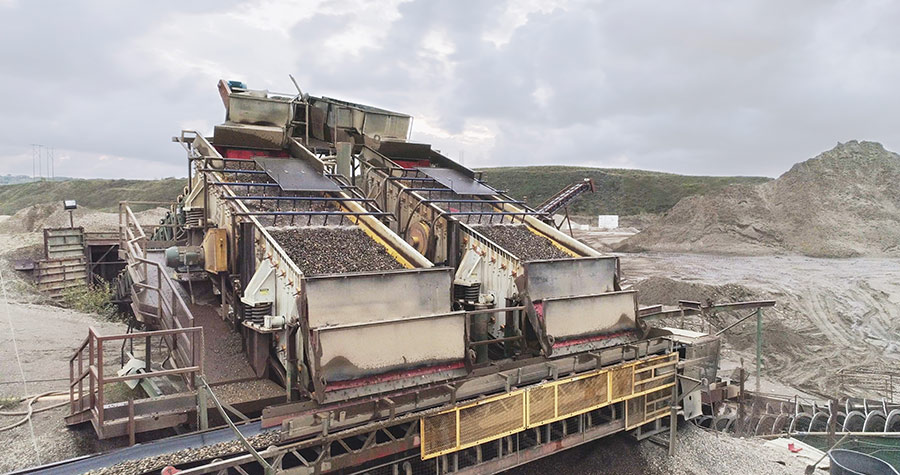
Screen media solutions
In addition to its advanced screen media options, MAJOR now offers vibration analysis technology to its dealer market salesforce with its FLEX-MAT Sensor tool. The sensor helps monitor the screen box’s vibrations and measures G‑force, stroke, rpm and orbit, including lateral movement, thus enabling better maintenance practices, and can provide detailed analytics within minutes.
The company has also introduced the FLEX-MAT ID Enabled microchip, which utilizes advanced RFID technology to incorporate screen media data, such as panel dimensions and customer-defined details into the screen media section. This simplifies re-ordering and inventory management and limits the need to physically measure screen media.
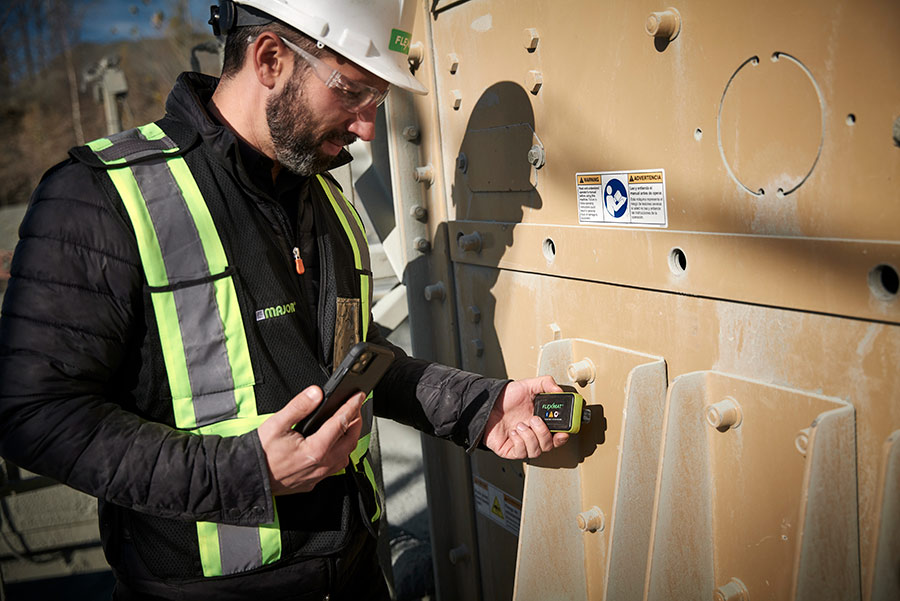
“We are actively seeking potential dealer partners interested in selling our high-performance screen media products and associated offerings in Africa, Australia, New Zealand and Asia. We are therefore open to discussing partnership opportunities with any company operating in the industry and are interested in becoming part of the family,” says Pelser.
Another innovation from Haver & Boecker Niagara is Ty-Deck Twist, which uses a screw to secure the screen media and aims to improve the operator’s ergonomics as well as to speed up installation and removal. The screw is installed with the help of an electric screwdriver and is protected with a cap to facilitate removal.
“The risk of hammer riveting during screening installation is high. Haver & Boecker Niagara developed Ty-Deck Twist as a safer, risk-free screen installation method. Ty-Deck Twist not only offers health and safety benefits but also leads to significant cost reduction due to the elimination of channels and reduced maintenance downtime for screen installation/uninstallation and release,” concludes Andrade.

